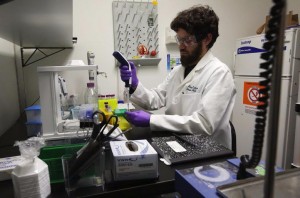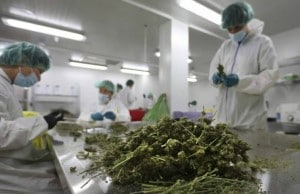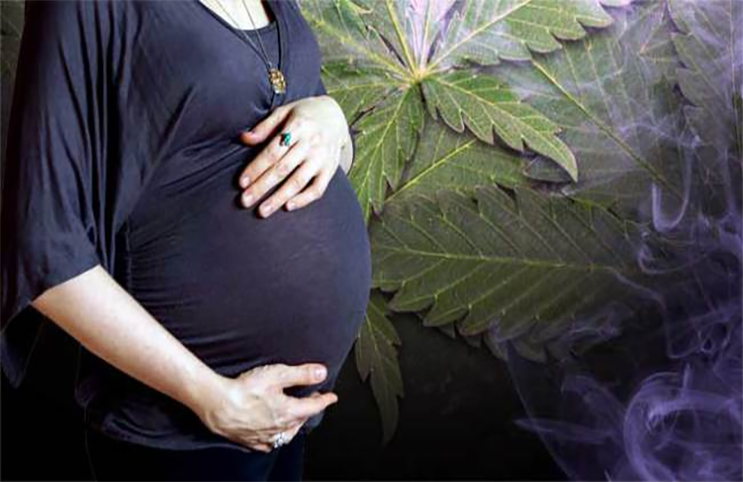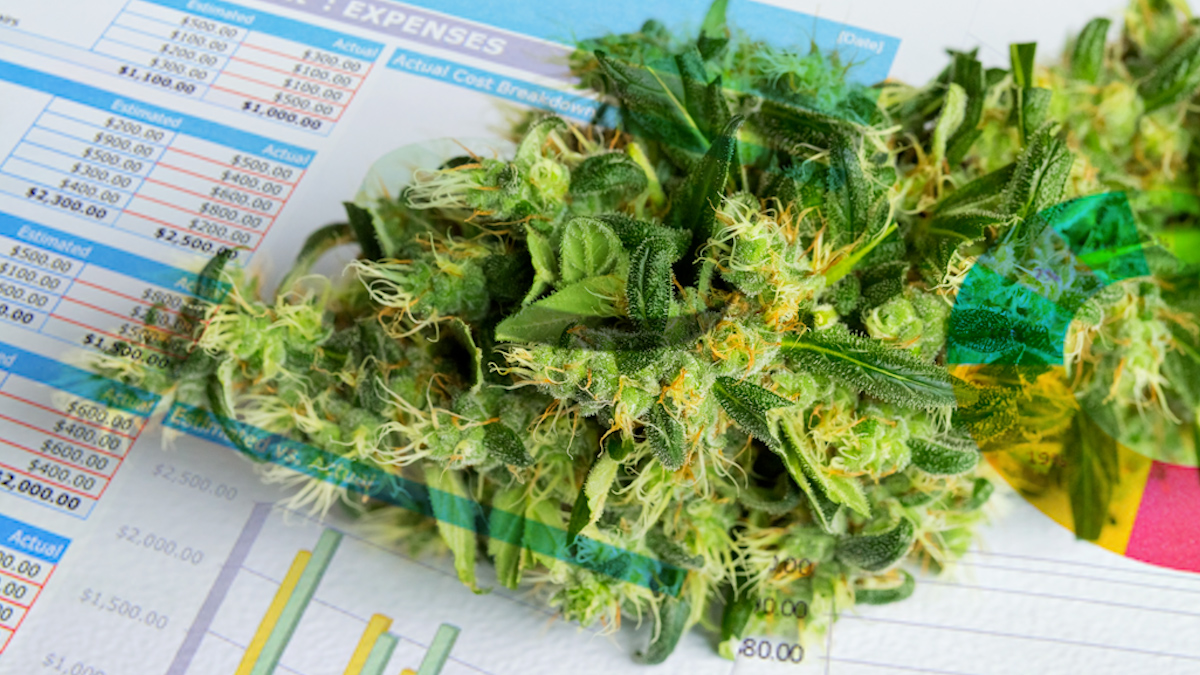THC Testing Will Now Have A Dosing Standard Feds Say
When it comes to the study of marijuana it’s important that a standard is set. Many people who have researched cannabis in the past have not always gone by a standard. More so overall research is done for individual cannabis products. For example, most research is done by strain or a particular finished product. Which most times have a high dosage of THC and other cannabinoids. Having a method or system in place that helps break down the research in a more efficient way can be helpful to the outcome.
Right now a push to establish a standard dose of THC when researching marijuana is important. This will help arrive at better answers when conducting tests on cannabis. Using a standard dose will also give researchers a better understanding of how much THC is needed along with other cannabinoids for the plant to be most effective for consumers.
A leading federal health agency released info this past week in regards to the set in stone standard on the THC dose used for cannabis testing. This new standard will be the THC limit for marijuana research moving into the future. The National Institute on Drug Abuse (NIDA) announced in a report to researchers that there is a “new requirement to measure and report results using a standard THC unit in all applicable human subjects’ research.” This would become active immediately. That standard unit is five milligrams of THC.
Looking At The Future of Cannabis Research
NIDA said that inconsistencies in measuring and reporting THC exposure “has been a major limitation in studies of cannabis use, making it difficult to compare findings among studies.” Therefore, a “standardized measure of THC in cannabis products is necessary to advance research by providing greater comparability across studies of both its adverse effects and potential medical uses.”
The agency acknowledged, although, that “the same quantity of THC may have different effects based on route of administration, other product constituents, an individual’s genetic make-up and metabolic factors, prior exposure to cannabis, and other factors.”
Yet by establishing a regulated THC dose, it will be essentially a simpler method to compare studies on THC. Which is a “high priority” of NIDA and the National Advisory Council on Drug Abuse.
“It is not the intent of this Notice to prescribe the quantity of THC that is permissible for use in research projects. Indeed, investigators are free to use more or less than 5mg of THC as appropriate for their study,”
[Read More]
- Looking For The Best Cannabis Stocks Right Now? 2 For Your Watchlist This Week
- Marijuana Stocks Are On The Move But Will Trading Continue To Rise This Month?
Focusing On THC Dosing Is Important To Cannabis Research
The report states. “However, for applicable studies, investigators will be required to report the quantity of THC using the standard unit. Investigators may also report the quantity of THC in other units (e.g., milligrams) as appropriate.”
This notice came 12 months after NIDA which is connected to the National Institutes of Health. Which was the first solicited feedback on a recommendation to regulate THC dosage when conducting cannabis research.NIDA also mentioned that it followed through with “extensive stakeholder input”. As well as “consultation with experts in the field”. This was done so they could agree on the THC research standard to be set at 5 mg.
“This guidance will apply to applications where THC is a focus of the research,” the latest report continues. “Applicants are responsible for determining whether use of this standard unit is applicable to their research and for determining best approach to applying it in their research applications. A justification should be provided for research that does not propose to use the standard unit.”
Nora Volkow who is the NIDA Director spoke on the significance of establishing a standard THC unit. This report was published in the journal Addiction back in 2020.
Conducting examinations that need a five milligram THC gauge, Volkow stated she concurred with the study’s outcome. Even with some complicating circumstances. Some of these complications involve possible concerns associated with the result of having marijuana products with the same THC level. Yet going even further have different concentrations of other cannabinoids such as CBD.
Final Thoughts On THC Dosing For Investigative Cannabis Studies
The complexities in research look past having a regulated quantity of THC “hardly negate the value” of setting one. Which Volkow mentioned in her commentary. “In fact, having and using such a standard is a prerequisite for comparing the effects of various cannabis products on THC bioavailability, pharmacokinetics and pharmacological effects, which is knowledge fundamental to studies pertaining to medical use of cannabis.”
“Although cannabis remains an illicit substance in the United States, the expanded legalization by states requires us to develop the knowledge base that can help states develop policies to minimize risk from cannabis exposures, such as limits on the THC content of cannabis products,” she said.
MAPH Enterprises, LLC | (305) 414-0128 | 1501 Venera Ave, Coral Gables, FL 33146 | new@marijuanastocks.com











